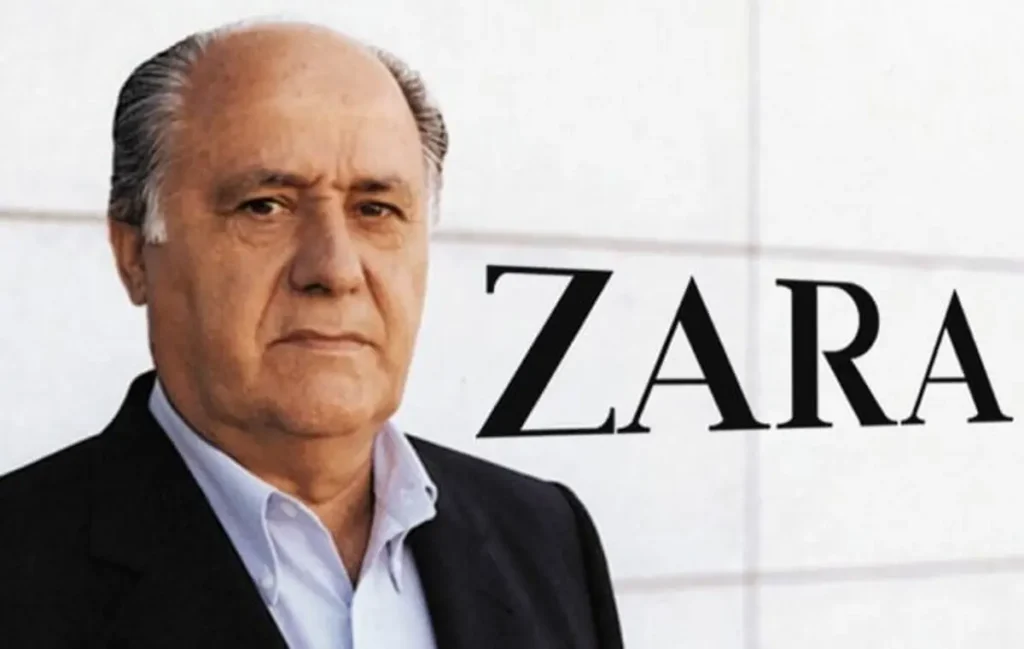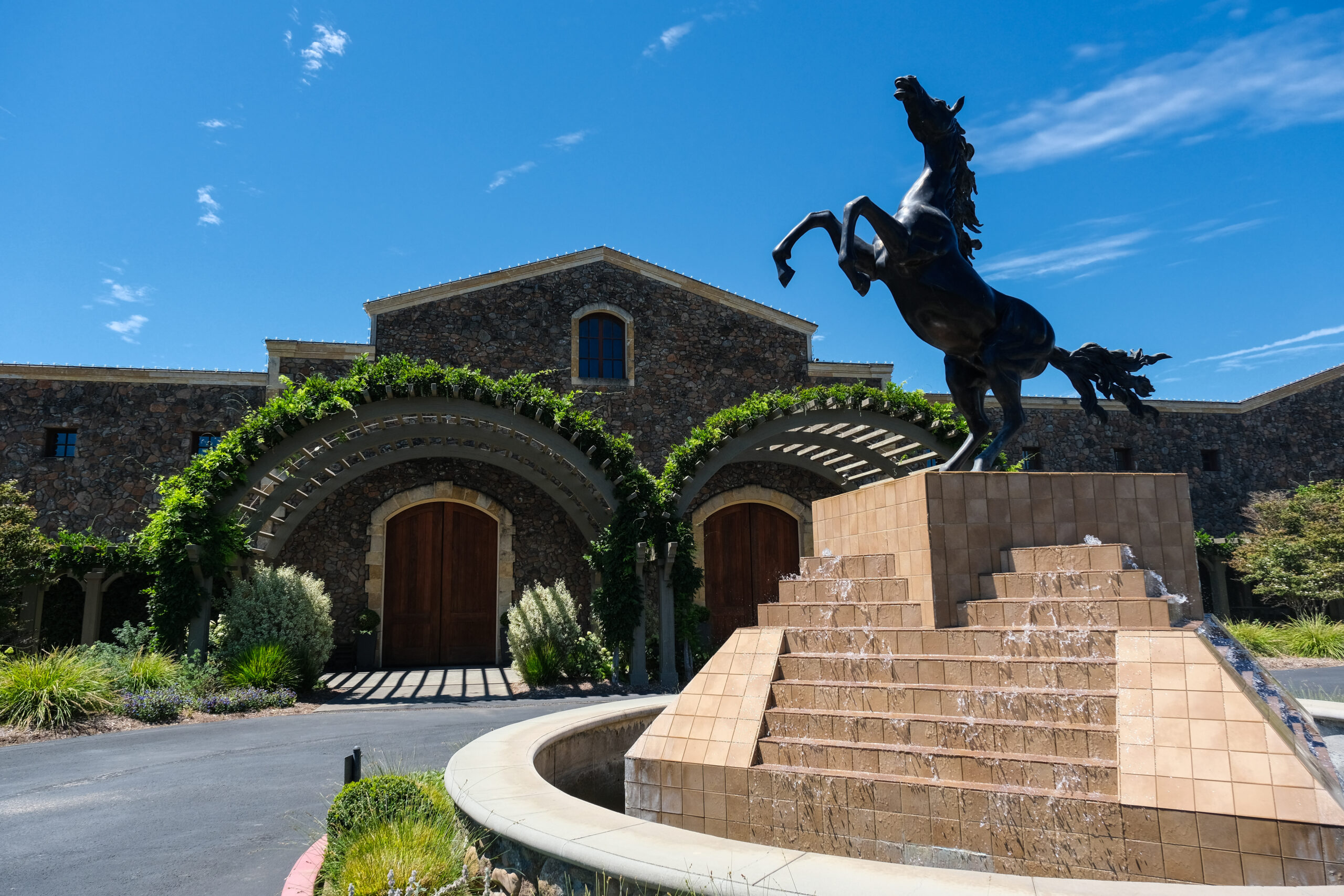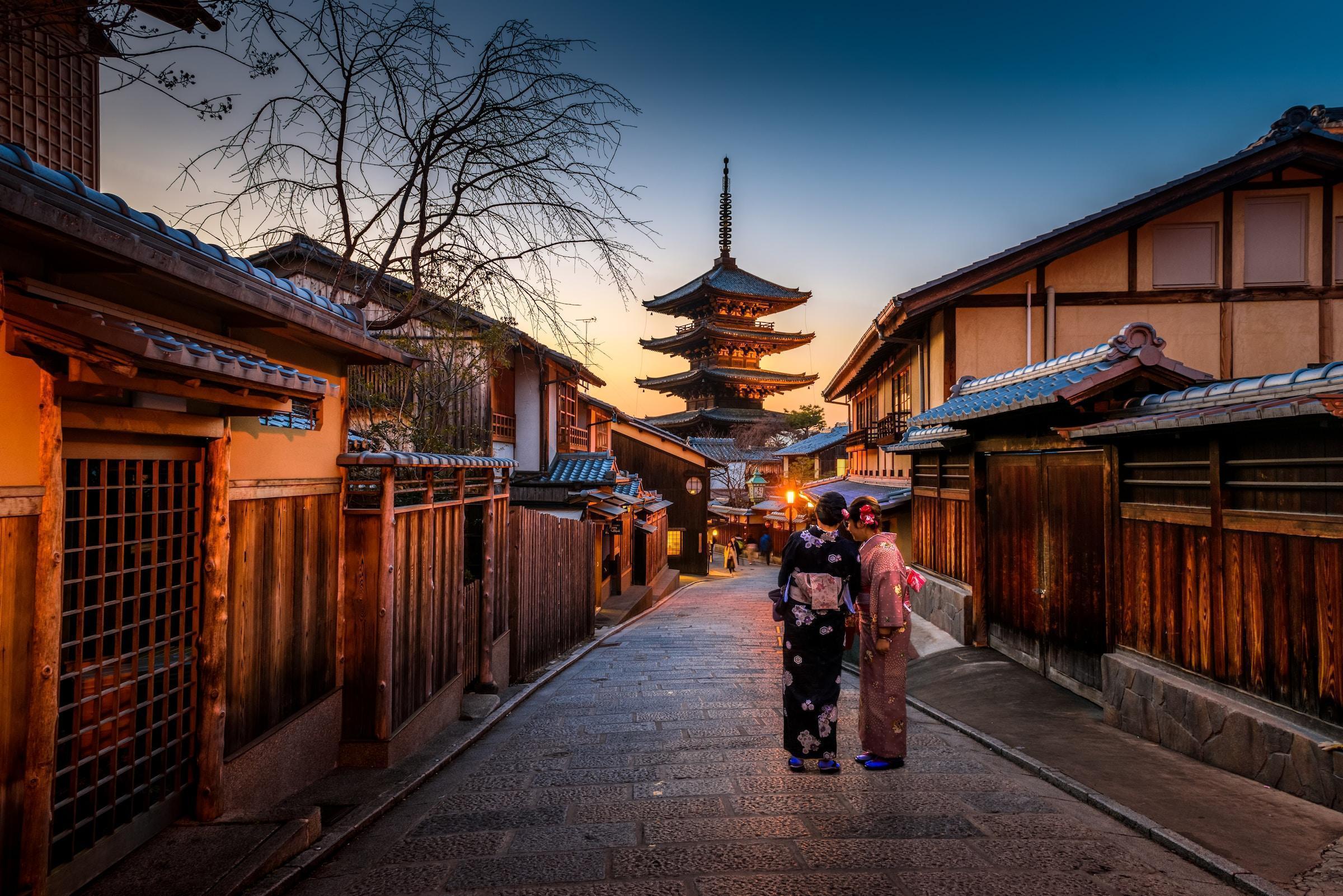In the dynamic world of fashion, where trends evolve at the blink of an eye, one name has consistently stood out for revolutionizing how we approach clothing and style. Amancio Ortega, a visionary entrepreneur and the mastermind behind the global fashion giant Zara has left an indelible mark on the industry and redefined the very essence of fast fashion. His story is one of rags to riches, characterized by innovation, dedication, and an uncanny ability to foresee what consumers desire before they even know it themselves.
Amancio Ortega’s journey is a testament to the power of perseverance and creative thinking. From humble beginnings in Spain, he embarked on a path to create a fashion empire that spans the globe.
The story of Amancio Ortega transcends time and place, taking us from his modest beginnings in Spain to the creation of a fashion empire that has reshaped the very landscape of retail. This article embarks on a comprehensive exploration of his life, tracing his roots, unearthing the inception of the Zara brand, dissecting his unique leadership style, and examining the indelible imprint he has left on the fashion world. It is a narrative that invites you to immerse yourself in the extraordinary odyssey of a man who not only redefined the way we dress but also the way we perceive fashion itself. Join us as we unravel the captivating tale of Amancio Ortega, a trailblazer who transformed the world of fashion as we know it.
Early Life and Background

Amancio Ortega, the maestro behind the Zara empire, was born on March 28, 1936, in Busdongo de Arbás, a small village in León, Spain. His humble beginnings in this tranquil Spanish countryside would lay the foundation for an extraordinary journey reshaping the fashion industry.
A Modest Upbringing
Ortega was the youngest of four siblings in a working-class family. His father was a railway worker, and his mother worked as a housemaid. From an early age, Amancio was exposed to the value of hard work and determination. The modest circumstances of his upbringing instilled in him a deep sense of frugality and resourcefulness that would later become hallmarks of his business approach.
Significant Influences
One of the most pivotal influences on Ortega’s career was his early exposure to the textile industry. At 14, he began working as a delivery boy for a local shirtmaker, Gala. This seemingly unremarkable job proved to be transformative. It introduced him to the world of fabrics, clothing production, and the inner workings of a fashion business.
During his tenure at Gala, Ortega’s innate curiosity and keen observation skills allowed him to absorb valuable knowledge about the industry. He learned about the various stages of clothing production, the importance of quality craftsmanship, and the significance of efficient processes. This experience planted the seeds of his future success and sowed the idea that he could create something remarkable in fashion.
Ortega’s early life in Busdongo de Arbás, steeped in simplicity and hard work, shaped his character and fueled his aspirations. His determination to break free from the confines of his rural upbringing and make a mark on the world would drive him to take bold steps into the unknown.
Amidst the picturesque landscapes of rural Spain, Amancio Ortega’s early years provided him with invaluable lessons and insights that would serve as the bedrock for his later ventures. Little did the world know that the young boy from Busdongo de Arbás would become one of the most influential figures in the fashion universe, forever altering how we perceive and consume clothing.
The Birth of Zara: Ortega’s Fast Fashion Revolution
In the annals of fashion history, few tales are as remarkable as the birth of Zara—a brand that redefined fashion and transformed how we shop and dress. At the helm of this retail revolution stood Amancio Ortega, a visionary entrepreneur with a penchant for innovation and an unerring instinct for what consumers truly desired.
A Humble Beginning
The year was 1974, and the bustling streets of La Coruña, a coastal city in Spain, witnessed the inception of a fashion powerhouse. In his late thirties, Amancio Ortega opened the first Zara store, named after a zodiac sign that he believed was easily recognizable in multiple languages. What set this store apart from its contemporaries was not just the name but a groundbreaking concept that would disrupt the entire fashion industry.
Ortega’s vision was to create a fashion brand that could swiftly adapt to changing trends and deliver the latest styles to consumers at affordable prices. To achieve this, he pioneered a system that defied conventional wisdom. Instead of relying on seasonal collections, Zara adopted a “fast fashion” approach. This meant the brand could design, produce, and stock new clothing items in weeks rather than months. This was a game-changer.
Amancio Ortega’s approach was nothing short of revolutionary. While traditional fashion houses still adhere to rigid seasonal schedules, Zara churned out new styles almost in real time. This strategy allowed Zara to stay ahead of trends and significantly reduce the risks associated with unsold inventory, a common issue in the fashion industry.
The result? Zara became synonymous with affordable, on-trend fashion that was accessible to a wide range of consumers. Ortega’s innovative business model had created a brand and a new way of thinking about fashion retail—emphasizing adaptability, responsiveness, and a deep understanding of consumer desires.
The Inditex Group: Unveiling Ortega’s Fashion Empire

Behind the global phenomenon of Zara lies a sprawling fashion empire known as the Inditex Group. Founded and masterminded by Amancio Ortega, this conglomerate has redefined the fashion industry by bringing together various brands under one visionary umbrella.
The Genesis of Inditex
In 1985, a decade after the inception of Zara, Amancio Ortega decided to take his revolutionary concept to a new level. He founded the Inditex Group, which stands for “Industria de Diseño Textil Sociedad Anónima” or “Textile Design Industry, Inc.” This move was not just a corporate maneuver but a strategic vision to create a fashion conglomerate unlike any other.
The Inditex Group was founded with a simple yet powerful idea at its core: to encompass multiple fashion brands, each with its unique identity and target audience, all while sharing the efficient and groundbreaking business model that made Zara so successful. This was a departure from the traditional approach of fashion conglomerates, which often acquired existing brands. Ortega’s vision was to nurture brands from scratch, allowing them to grow organically within the Inditex ecosystem.
The Expanding Universe of Inditex
Under Ortega’s strategic leadership, the Inditex Group expanded its portfolio beyond Zara, adding a series of brands catering to different fashion market segments. Some of these brands include:
- Pull&Bear
Launched in 1991, Pull&Bear is known for its youthful and casual style, offering clothing, footwear, and accessories for the young and trend-conscious.
- Massimo Dutti
Established in 1985, Massimo Dutti offers a more sophisticated and elegant fashion line, targeting a mature audience with a taste for timeless classics.
- Bershka, founded in 1998, specializes in urban and streetwear fashion, catering to a younger demographic passionate about the latest street trends.
- Stradivarius
Stradivarius, introduced in 1994, focuses on women’s fashion and accessories, embracing a contemporary and eclectic style.
- Oysho
Oysho, founded in 2001, is dedicated to lingerie, sleepwear, and activewear, emphasizing comfort, quality, and style.
- Uterque
Uterque, established in 2008, offers high-end accessories, footwear, and ready-to-wear items, targeting a more discerning and fashion-forward clientele.
- Zara Home
Launched in 2003, Zara Home extends the Zara experience to home furnishings and décor, offering a seamless integration of fashion and lifestyle.
Each brand operated autonomously, with its design teams, production processes, and distinct brand identities. However, they all had something in common: the ability to adapt quickly to shifting consumer demands and fashion trends due to Zara’s ground-breaking fast fashion business model.
Ortega’s Strategic Vision
Amancio Ortega’s strategic vision for the Inditex Group was not simply about creating a conglomerate but fostering a culture of innovation, adaptability, and consumer-centricity across all its brands. He believed in nurturing creative talent, fostering an entrepreneurial spirit, and encouraging experimentation within the fashion ecosystem.
Ortega’s hands-on approach and his unwavering commitment to the Inditex Group’s values ensured that each brand continued to thrive and evolve while staying true to its core identity. His leadership emphasized the importance of staying ahead of trends, continuously refining the supply chain, and relentlessly focusing on quality and sustainability.
In essence, the Inditex Group was a testament to Ortega’s conviction that the future of fashion lies in a synthesis of various brands working in harmony, driven by a shared commitment to innovation, excellence, and a profound understanding of the constantly changing fashion landscape. Under his guidance, the Inditex Group became a fashion powerhouse, setting industry standards and redefining how fashion conglomerates operated.
The Fast Fashion Revolution: How Amancio Ortega Transformed Fashion Forever

In the fashion world, where trends can change overnight and consumers crave the latest styles, Amancio Ortega orchestrated a revolution that would forever alter how we approach clothing. His creation, Zara, became the leader of the fast fashion movement and changed the rules of a sector that was formerly based on seasons and collections.
Redefining the Fashion Landscape
Before the emergence of fast fashion, the fashion industry operated on a traditional model. Designers and brands created collections months in advance, showcased in runway shows and distributed them to stores. This system had inherent limitations, including lengthy production timelines, high inventory risks, and a disconnect between designers and consumer preferences.
Amancio Ortega recognized these shortcomings and envisioned a paradigm shift. He believed fashion should be more accessible, adaptable, and responsive to consumers. Thus, the fast fashion revolution was born.
Key Elements of Zara’s Business Model
1. Agile Supply Chain
Central to Zara’s success is its agile supply chain. Unlike traditional retailers that order clothing months in advance, Zara keeps a significant portion of its manufacturing in-house and close to its distribution centers in Spain. This proximity allows the company to react swiftly to emerging trends and changing customer preferences.
Zara’s supply chain is a well-oiled machine, enabling the brand to design, produce, and distribute new clothing items in weeks. This responsiveness minimizes the risk of producing items that might not sell and reduces the need for excessive inventory.
2. Data-Driven Design
Zara’s approach to design is deeply data-driven. The brand continuously collects and analyzes data from its stores and online platforms, allowing it to understand customer preferences with unparalleled precision. Designers use this information to create clothing that resonates with consumers.
The “test-and-react” strategy is a hallmark of Zara’s design process. A small new design batch is introduced to select stores, and its performance is closely monitored. If it sells well, production ramps up quickly; if not, adjustments are made or the item is discontinued. This iterative approach ensures that Zara’s offerings align with what customers want.
3. Limited Inventory
Zara deliberately maintains limited inventory in its stores. This scarcity mentality encourages consumers to make purchases when they see an item they like, as they know it might not be available in the future. This sense of urgency drives sales and fosters a culture of quick decision-making among shoppers.
4. Frequent Store Refresh
Zara stores undergo frequent changes. New designs arrive every few weeks, ensuring that customers always find something fresh and exciting when they visit. This “buy-now, wear-now” strategy capitalizes on consumers’ desire for instant gratification and variety in their wardrobes.
5. Vertical Integration
Zara’s vertical integration is a critical aspect of its business model. The company controls every aspect of its supply chain, from design and manufacturing to distribution and retail. This level of control allows Zara to maintain high-quality standards, respond rapidly to market demands, and reduce costs.
Leadership and Management Style: The Ortega Approach

Amancio Ortega’s journey from a modest upbringing in Spain to the pinnacle of the fashion industry is a testament to his distinctive leadership and management philosophy. His approach to business has shaped the success of Zara and the Inditex Group and left a lasting impact on the fashion world and beyond.
A Hands-On Visionary
At the core of Ortega’s leadership style is his unwavering commitment to hands-on involvement in all aspects of his businesses. Despite heading a global conglomerate, he is known to maintain a close connection with the day-to-day operations of Zara and its affiliated brands. This hands-on approach is not merely a leadership choice but reflects his passion for the fashion industry.
Ortega’s presence in the design studios and production facilities is not symbolic but substantive. He often engages directly with designers, discussing ideas and providing feedback. This level of involvement allows him to ensure that the brands under the Inditex Group umbrella stay true to their core identities and consistently deliver quality and innovation.
Attention to Detail
One of Ortega’s defining characteristics is his meticulous attention to detail. He scrutinizes even the smallest elements of design, production, and retail. This meticulousness extends to the store layouts, visual merchandising, and customer experience within Zara and other Inditex brands.
Ortega’s emphasis on detail is wider than aesthetics. It extends to the entire supply chain, where he relentlessly seeks efficiencies. His keen eye for spotting opportunities to optimize processes has been instrumental in maintaining the agility and responsiveness that are hallmarks of Zara’s fast fashion model.
Philanthropic Endeavors: A Commitment to Healthcare and Education
Beyond the world of fashion, Amancio Ortega’s impact is felt through his philanthropic activities. While he is known for his privacy, his contributions to healthcare and education have been substantial and transformative.
Healthcare Initiatives
Ortega’s philanthropic journey took a significant turn in 2001 when he donated €17 million to Spain’s Galician public healthcare system. This generous contribution funded the construction of a state-of-the-art cancer treatment center, the Ortega-Marañón Foundation, in A Coruña. The facility, known for its cutting-edge technology and patient-centered approach, has since become a vital resource for cancer patients in the region.
In subsequent years, Ortega continued to support healthcare initiatives. His donations facilitated the purchase of various medical equipment, including advanced diagnostic tools and patient care devices. His commitment to enhancing healthcare infrastructure underscores his dedication to improving the well-being of his community.
Educational Endeavors
Ortega’s philanthropic endeavors extend to education as well. In 2012, he made a remarkable €20 million donation to the Spanish public education system. This substantial contribution aimed to provide scholarships for financially disadvantaged students to pursue higher education. The fund has since enabled thousands of young individuals to access quality education and build brighter futures.
Moreover, Ortega’s philanthropic support has extended to initiatives that promote educational excellence. His donations have facilitated the establishment of educational centers and the acquisition of educational resources, enriching students’ learning experiences across Spain.
Legacy and Impact: Amancio Ortega’s Enduring Fashion Revolution

The story of Amancio Ortega and his fashion empire, the Inditex Group, is not just a tale of business success but a testament to the transformative power of innovation, adaptability, and visionary leadership within the fashion industry.
An Industry Pioneer
Amancio Ortega’s legacy is synonymous with the democratization of fashion. He pioneered the concept of “fast fashion” through his brainchild, Zara, challenging the conventional wisdom of the fashion industry. His impact was profound and continues reverberating through the fashion world.
Ortega’s revolutionary approach to fashion retailing shattered the traditional boundaries of seasonal collections. By introducing agile supply chains, data-driven design, limited inventory, and frequent store refreshes, he made fashion accessible, affordable, and responsive to consumer preferences.
A Lasting Influence
Amancio Ortega’s influence on the fashion industry extends far beyond the success of Zara. His innovative business model redefined how clothing was designed, produced, and distributed. Today, fast fashion is a global phenomenon, with numerous brands attempting to replicate the efficiency and customer-centricity that Ortega championed.
Moreover, Ortega’s emphasis on quality, sustainability, and ethical production practices set a high standard for the industry. His commitment to vertical integration, which allowed for better control over the supply chain, has become a model for brands seeking to minimize their environmental footprint.
The Evolution of Zara and Inditex
Amancio Ortega’s journey from a small shirtmaker’s delivery boy to the founder of a global fashion empire is remarkable. However, the evolution of Zara and the Inditex Group under his stewardship is awe-inspiring.
Zara: From a Single Store to Global Dominance
Zara, which began as a single store in La Coruña, Spain, has grown into a retail behemoth with thousands of stores worldwide. Its distinctive approach to fast fashion has made it a household name, attracting a diverse customer base that appreciates its ability to deliver the latest trends at affordable prices.
Zara’s commitment to staying on the cutting edge of fashion trends, its frequent inventory turnover, and its unique in-store experience have solidified its status as a fashion icon. It has survived and thrived in the face of evolving consumer preferences and a rapidly changing retail landscape.
Inditex Group: A Fashion Conglomerate
The Inditex Group, founded by Ortega in 1985, is a conglomerate that includes several brands beyond Zara, each with its unique identity. The group’s expansion has been nothing short of spectacular. It now encompasses brands like Pull&Bear, Massimo Dutti, Bershka, Stradivarius, Oysho, Uterque, and Zara Home, catering to various fashion tastes and preferences.
Under Ortega’s strategic guidance, the Inditex Group has continued to thrive, maintaining its commitment to innovation and customer-centricity across its portfolio of brands. This conglomerate model, which nurtures brands from their inception and allows them to grow organically while sharing the fast fashion model’s benefits, has influenced how fashion conglomerates operate.
Conclusion
His visionary approach to fashion retailing marked Ortega’s path to success. He reimagined the industry, challenging the traditional norms of seasonal collections and lengthy production cycles. With Zara’s creation and the Inditex Group’s establishment, he introduced the world to “fast fashion.”
This revolutionary model, characterized by agile supply chains, data-driven design, limited inventory, and frequent store refreshes, not only made fashion more accessible but also more responsive to consumer desires. Ortega’s emphasis on quality and sustainability further elevated the industry’s standards.
Contributions Beyond Fashion
Amancio Ortega’s impact extended well beyond the world of fashion. His philanthropic endeavors, particularly in healthcare and education, have left a profound and positive mark on society. The Ortega-Marañón Foundation, funded by his generous contributions, is a testament to his commitment to improving healthcare infrastructure and access.
Moreover, his substantial donations to education have opened doors for countless students, enabling them to pursue higher education and brighter futures. Ortega’s philanthropic efforts reflect a deep sense of responsibility to give back to the community that nurtured his early years.
Enduring Legacy
As we reflect on Amancio Ortega’s enduring legacy in the fashion industry, it becomes clear that his influence is not confined to a particular era or generation. His innovative approach to fashion retailing, commitment to quality and sustainability, and hands-on leadership style continue to shape the industry today.
Zara, which began as a single store in La Coruña, has evolved into a global fashion giant with thousands of stores worldwide, setting the benchmark for fast fashion. The Inditex Group’s diverse portfolio of brands remains a testament to his visionary conglomerate model.
Ortega’s legacy is not only about our garments but also about the transformative power of determination and innovation. He has shown the world that with a clear vision, hard work, and a commitment to excellence, one can rewrite the rules of an entire industry.








